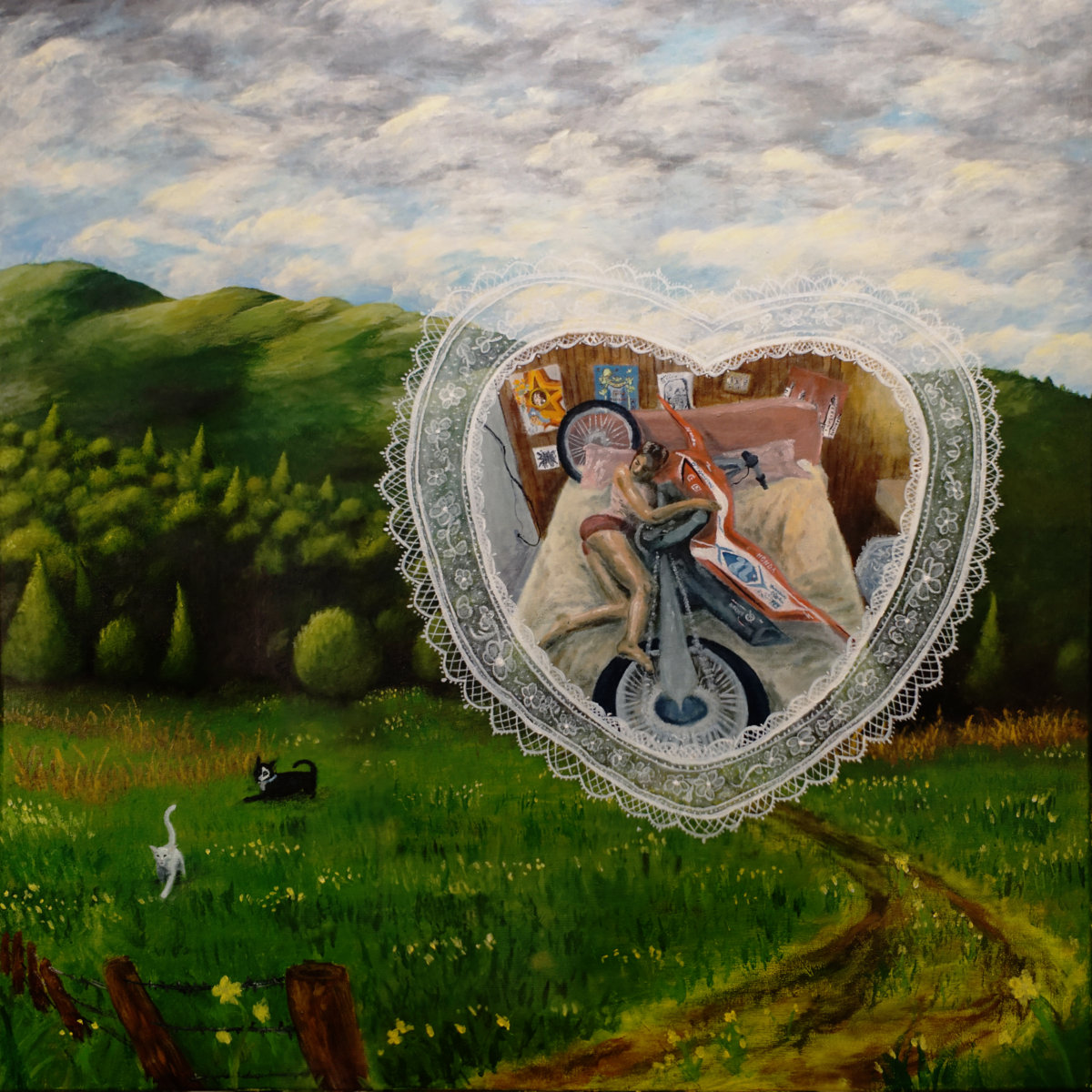Art d’Ecco – Serene Demon | Album Review
/Paper Bag Records
2025 marks a handful of anniversaries for iconic British albums, including 1975’s Young Americans by David Bowie, 1985’s Meat Is Murder by The Smiths, 1995’s Different Class by Pulp, and 2005’s Silent Alarm by Bloc Party. Canadian artist Art d’Ecco seems to pull influence from all of them, in addition to the great British-influenced New York albums like 1970’s Vintage Violence by John Cale, 1980’s Remain In Light by Talking Heads, and 2005’s self-titled debut by LCD Soundsystem. The cross-sections of art rock, new wave, and post-punk that make all of those albums memorable are Art d’Ecco’s genres de jour on his fourth album, Serene Demon, playfully finding the balance between vintage alternative and modern indie dance.
I first caught wind of Art d’Ecco via an Anthony Fantano co-sign on his last album, 2022’s brilliantly titled After The Head Rush. I remember enjoying its sonic throwbacks to the dancier side of post-punk, channeling pioneers like Gang Of Four and The Teardrop Explodes. For one reason or another, the album didn’t stick with me for very long, which is an unfortunate side effect of the modern music era–pummeling consumers with albums week after week all year long. When I first heard that Serene Demon was on the horizon for 2025, I hadn’t even realized it would have been three years since his last record, but in that time, the group has grown its sound even further. The post-punk lean is still there on tracks like “The Traveller,” but the bulk of it goes much more alternative disco and glam, similar to Roxy Music and Sparks, signified immediately by the opener “True Believer.” It almost sounds like a gussied-up version of “Moving In Stereo” by The Cars, trading in the plodding synth tones for a tasteful brass section.
“Cooler Than This” has an orchestral synth lead that feels plucked right out of “Lullaby” by The Cure, but its quirky horns and dance groove make it more reminiscent of “The Lovecats” or that weird “Close To Me” remix. d’Ecco delivers a smoky, New Romantic falsetto that really ties the track together in a unique way, capped with funky callback chorus vocals over the outro. This back-to-back with “Survival Of The Fittest” makes up the album’s tightest eight minutes; a driving bassline and drumbeat anchor the track, with d’Ecco absolutely nailing the phrasing on the chorus: “The faster life comes, the shorter it stays / The longer it bends, the harder it’ll break / So c’mon get ready, hold your feet and hold steady / Or you’re gonna get a beatdown.” It’s a rhythmic masterclass from top to bottom, something that he is an expert craftsman at throughout the entire record. “Tree Of Life” doesn’t slow things down at all, going full frenetic indie disco that fans of Scissor Sisters could absolutely get behind.
Side 2 of Serene Demon is just as creative but in a much different way. The dark and jazzy instrumental “Meursault’s Walk” gets into an almost prog-rock zone, with swirling synths over the horns and bass leading into the album’s epic seven-minute title track. Like a classic art rock centerpiece, it goes through different movements and phases, from the tender introduction into a balls-out ensemble bridge, culminating in a disco-fueled coda echoing David Bowie’s “Station To Station” or Donna Summer’s version of “MacArthur Park.” Lyrically, d’Ecco reflects again on the passage of life: “Unruly despair, when life’s precious moments disappear out of view / You say it ain’t fair, I hardly noticed when it hung around.” Contrastingly, the pop-centric “Honeycomb” follows and goes full T. Rex, at first standing out from the rest of the album, but given the context of the ‘70s glam music that he’s pulling from, it isn’t a far cry from the harder-edged dance tracks.
While I do enjoy every song on this thing, the bombastic first three songs in its second half feel a bit disparate from the standout tracks in the beginning, which have much more in common with the album’s final moments of “Shell Shock” and “A Change Of Scenery.” The bass-led closing tracks, if pushed up closer to the album’s first half, maybe would have made the album flow a bit better, with the suite of “Meursault’s Walk” and “Serene Demon” giving the album an unforgettable closing chapter instead of them hanging in the middle. But bold choices are what make Art d’Ecco’s music stand out from his contemporaries, so I might have to put my personal sequencing preferences to the side.
Serene Demon is exactly my kind of album: while its influences are clear, it finds new avenues to take them down, and it’s not just another '80s-flavored indie synthpop album either. Speaking further on those influences, Art d’Ecco channels artists and styles that I’ve loved for years and don’t always hear checked in modern music, especially from younger artists. He’s is the perfect example of what makes new music exciting, by taking what’s preceded him and giving it a new life all its own, a life that may pass quickly but is worth stopping to enjoy.
Logan Archer Mounts once almost got kicked out of Warped Tour for doing the Disturbed scream during a band’s acoustic set. He currently lives in Rolling Meadows, IL, but tells everyone he lives in Palatine.











